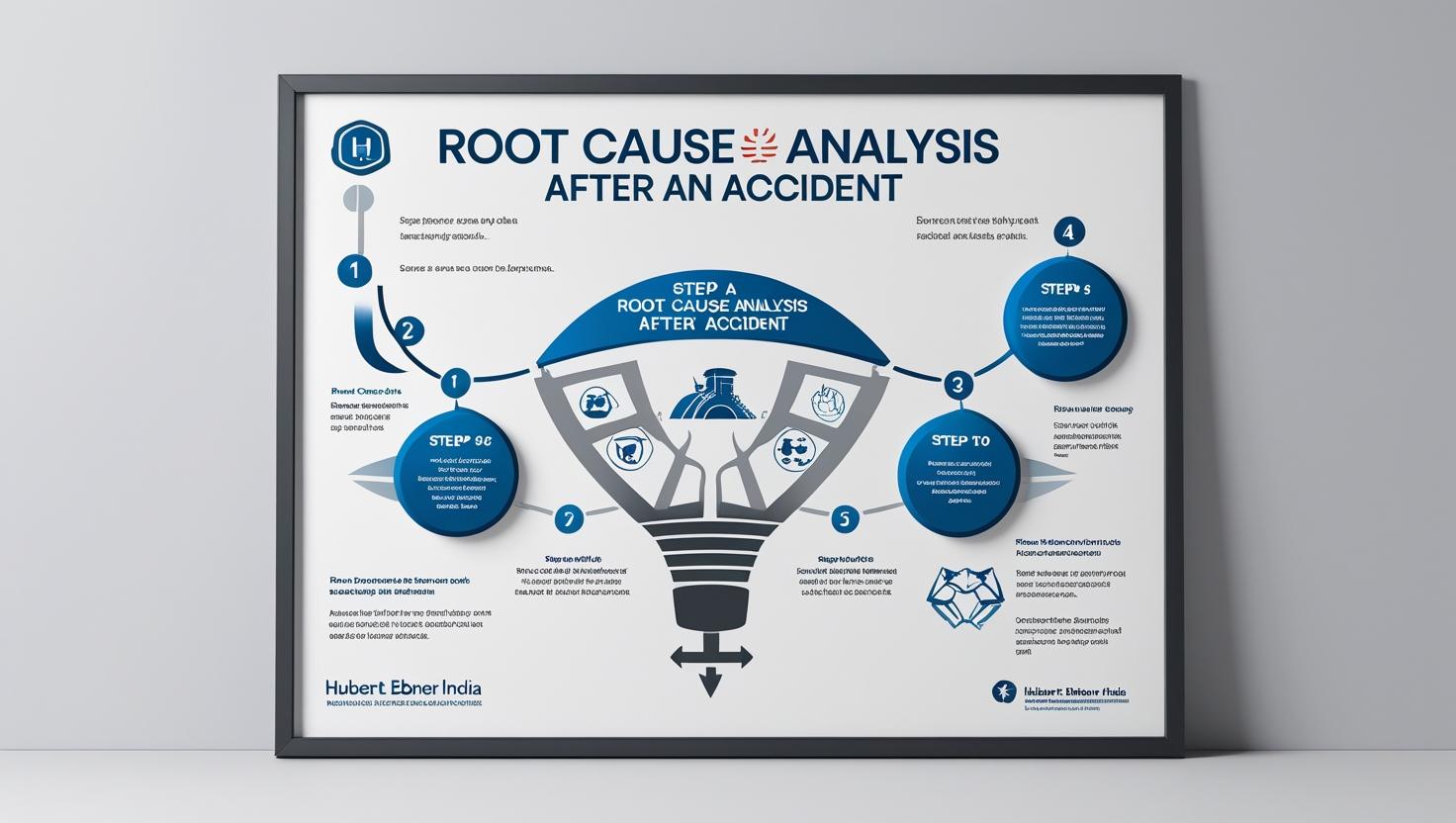How to Perform a Root Cause Analysis After an Accident
Road accidents, whether involving personal vehicles, commercial fleets, or pedestrians, are rarely the result of a single cause. Instead, they often stem from a chain of events and underlying factors. A Root Cause Analysis (RCA) is a systematic process to identify the origin of an incident, understand why it happened, and develop measures to prevent its recurrence.
For road safety professionals, organizations, and fleet managers, RCA is essential to improve safety culture, reduce operational risks, and save lives. Here’s a step-by-step guide to performing a thorough RCA after a road accident.
1. Gather All Relevant Data
The first step is to collect as much factual information as possible. This includes:
- Accident scene photographs and videos
- Vehicle condition reports
- Weather and road conditions at the time of the accident
- Eyewitness statements
- GPS tracking data (for fleet vehicles)
- Traffic CCTV footage
Accurate and comprehensive data provides the foundation for a fair and precise investigation.
2. Reconstruct the Sequence of Events
Creating a timeline of events before, during, and after the accident helps in visualizing the flow of actions. Identify:
- Driver’s behavior leading up to the crash
- Vehicle maneuvers (braking, acceleration, lane changes)
- Environmental factors (visibility, lighting, traffic congestion)
This reconstruction can be supported by accident reconstruction software or expert analysis.
3. Identify Immediate Causes
Immediate causes are the direct triggers of the accident. These could include:
- Speeding
- Distracted driving (mobile phone use, eating)
- Mechanical failure (brake malfunction, tire burst)
- Violation of traffic rules
Immediate causes answer the question: “What happened?”
4. Determine Underlying Causes
Underlying causes look deeper into why the immediate causes occurred. Examples include:
- Lack of driver training
- Poor vehicle maintenance schedules
- Fatigue due to long working hours
- Inadequate road signage or poor infrastructure
This level addresses “Why did it happen?” and points toward systemic issues.
5. Apply the “5 Whys” Technique
The 5 Whys method involves repeatedly asking “Why?” until the root cause is revealed. For example:
- Why did the truck crash? – Because the brakes failed.
- Why did the brakes fail? – Because they were not serviced in time.
- Why were they not serviced? – Because there was no maintenance tracking system.
- Why was there no tracking system? – Because the fleet management policy did not include it.
- Why was it not included? – Because of a lack of awareness about preventive maintenance.
6. Implement Corrective Actions
Once the root causes are clear, develop action plans such as:
- Enhanced driver safety training programs
- Regular vehicle inspections and preventive maintenance
- Better scheduling to avoid driver fatigue
- Collaboration with road authorities for infrastructure improvements
7. Monitor and Review
RCA is not a one-time process. Monitor the effectiveness of corrective actions through:
- Regular audits
- Safety performance metrics
- Feedback from drivers and road safety officers
If similar incidents recur, revisit the RCA process to identify gaps.
Conclusion
Performing a Root Cause Analysis after a road accident goes beyond simply assigning blame—it is about uncovering the hidden reasons behind incidents and creating a safer future for all road users. For organizations, especially those managing fleets, integrating RCA into safety policies can significantly reduce accident rates, improve compliance, and build a strong road safety culture.




